Table of Contents
Introduction
Ever felt like your dark hair just sits there? Beautiful, sure, but maybe a little...heavy? Like it needs a serious caffeine shot of volume and movement? You're not alone. Dark hair, while often stunningly rich, can sometimes lack the lift and bounce you see in lighter shades. Trying to coax life into it without resorting to industrial-strength hairspray feels like a losing battle. But what if there was a cut designed specifically to give your dark hair that elusive airiness and dynamic shape? Enter the butterfly cut. It's the style everyone's talking about, and for good reason. This isn't just another layered haircut; it's engineered to create the illusion of major length while providing face-framing layers that can be tucked away or left out. For butterfly cut dark hair, this means saying goodbye to flatness and hello to dramatic, sweeping movement. We're going to dive deep into why this cut is a game-changer for darker shades, how to get the perfect version for your hair type, and crucially, how to style and keep it looking fresh without hours of effort. Stick around to see why this might be the cut you didn't know you needed.
Why the Butterfly Cut Works Wonders on Dark Hair
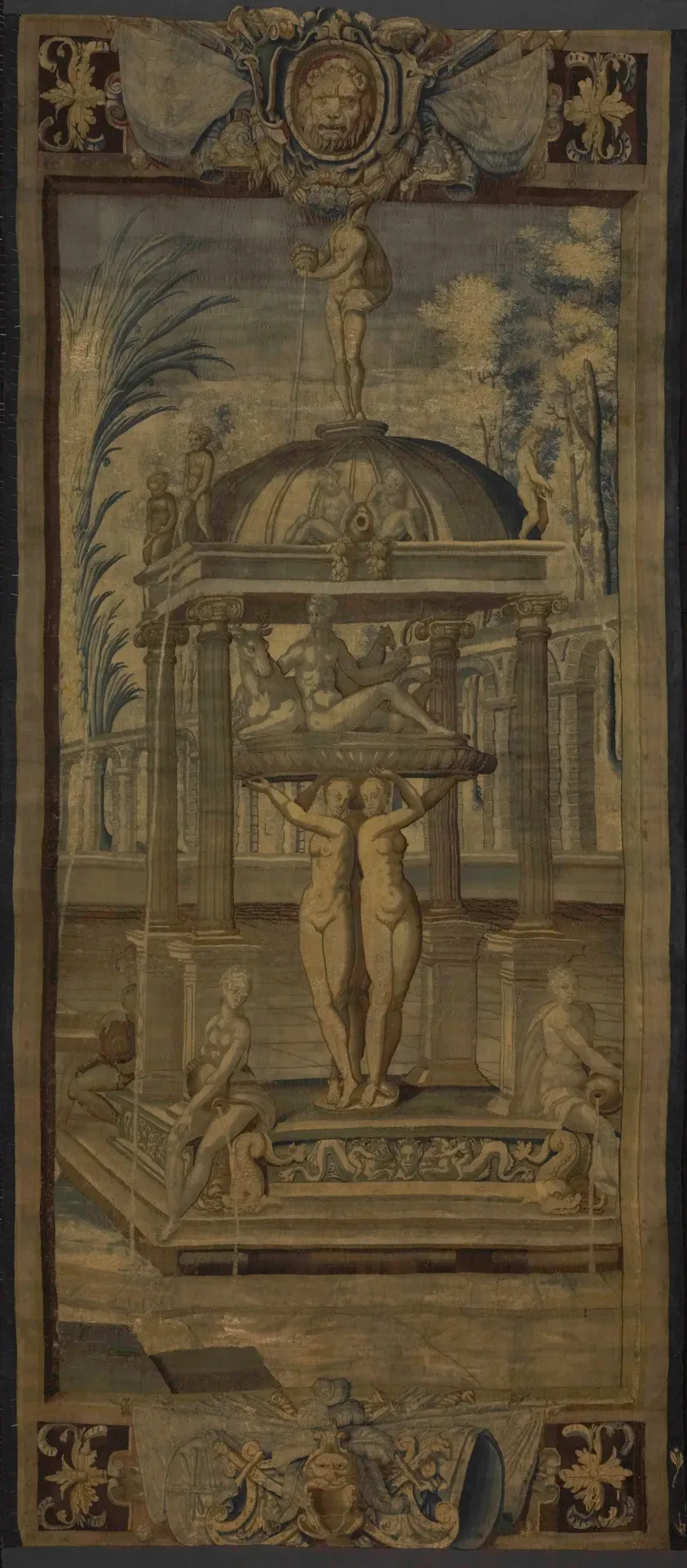
Why the Butterfly Cut Works Wonders on Dark Hair
Breaking Up the Block Color
Dark hair, especially when it's all one length or has minimal layering, can sometimes look like a solid block. It's like a beautiful, heavy curtain. The butterfly cut slices through that density. It uses strategically placed layers – shorter ones around the face and crown, longer ones through the back – to break up that visual weight. Think of it as sculpting. Instead of a monolithic shape, you get movement, airiness, and light reflecting off different lengths. This is precisely Why the Butterfly Cut Works Wonders on Dark Hair; it prevents it from looking flat and lifeless, giving it dimension it might otherwise lack.
Framing Your Face with Richness
Those face-framing layers aren't just for show. On dark hair, they do something special. They pull attention forward, highlighting your features against the deep backdrop of your hair color. Because dark hair absorbs light, these lighter, shorter pieces around the face catch whatever light is available, creating a beautiful contrast and adding a softness that a blunt cut often can't. It’s like adding subtle highlights without needing bleach. My stylist did this on my own dark brown hair, and suddenly my cheekbones looked sharper, which was a pleasant surprise I hadn't anticipated from just a haircut. Here's a quick look at the core benefits for dark hair:
- Adds significant volume without heavy styling.
- Creates movement and bounce where it might be flat.
- Softens the face with strategic layers.
- Gives the illusion of length while keeping shorter, face-framing pieces.
- Reduces bulk in thicker dark hair types.
Creating an Illusion of Effortless Volume
One of the cleverest tricks of the butterfly cut is how it creates the appearance of major volume and length simultaneously. The shorter layers sit on top of the longer ones. When styled, these shorter pieces lift and curl, making the overall shape look incredibly full and bouncy. Meanwhile, the longer layers underneath maintain the length you want. It's a best-of-both-worlds situation, particularly effective for butterfly cut dark hair where volume can be the hardest thing to achieve and keep throughout the day. You get the drama of long hair with the lift and shape of a shorter style around your face.
Getting the Ideal Butterfly Cut for Your Dark Hair
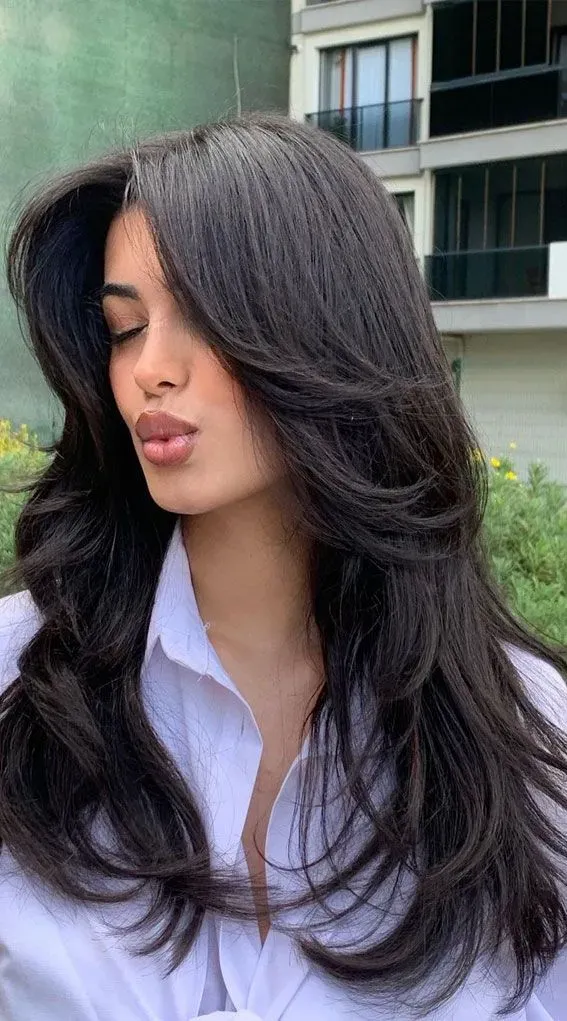
Getting the Ideal Butterfly Cut for Your Dark Hair
Getting the Ideal Butterfly Cut for Your Dark Hair
so you're sold on the idea of a butterfly cut for your dark hair. Great. But how do you actually *get* the ideal butterfly cut for your dark hair that doesn't end up looking like a choppy disaster from the 90s? This isn't a cut you just walk into a random salon and ask for with zero context. You need to talk to your stylist. Tell them you want volume and movement, especially around the face, while keeping the length in the back. Bring pictures – lots of them. Show them what you like and, perhaps more importantly, what you absolutely don't like. Discuss your hair type – is it thick? Fine? Wavy? Straight? This cut is versatile, but the layering needs to be adjusted for your specific texture and density to make sure those "wings" actually flutter and don't just hang there. Don't be afraid to ask questions. A good stylist will explain how the layers will work with your hair's natural tendencies. What should you discuss with your stylist?
- Your hair type and texture (fine, thick, straight, wavy, curly).
- How much volume you want.
- Where you want the shortest face-framing layers to fall (cheekbones? jawline?).
- How much length you want to keep in the back.
- Your daily styling routine (how much effort are you willing to put in?).
Mastering Styling for Butterfly Cut Dark Hair
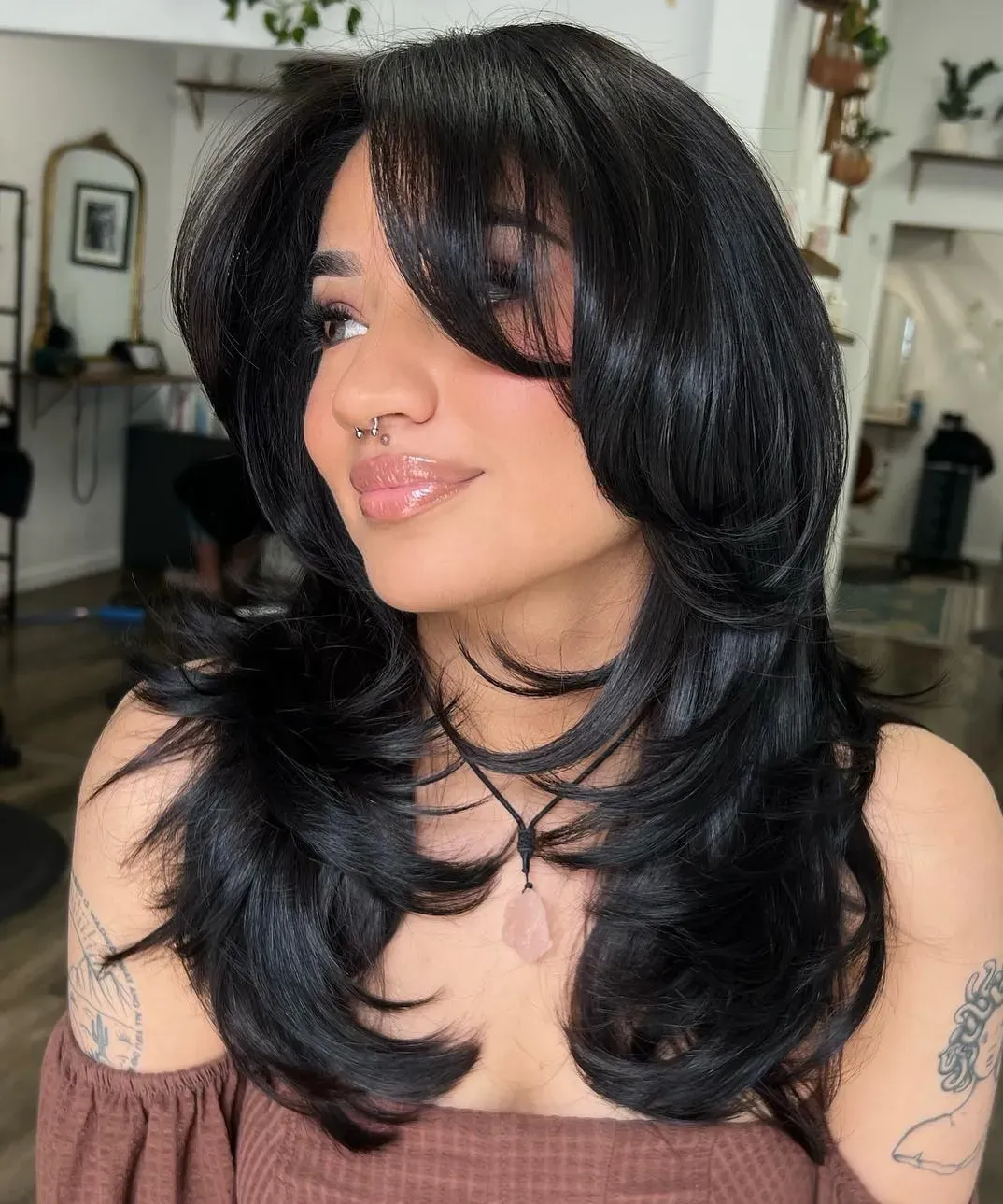
Mastering Styling for Butterfly Cut Dark Hair
Blow Drying for Maximum Impact
you've got the cut, the foundation is laid. Now, how do you make those layers sing, especially with butterfly cut dark hair, which can sometimes look less defined than lighter shades? It's all about working *with* the layers. The most effective way to bring this cut to life is with a good blow dry. Forget just rough drying. Section your hair. Use a round brush, preferably a medium to large size, and focus on lifting the roots and beveling the ends of those shorter, face-framing pieces *away* from your face. For the longer layers in the back, a slight bend at the ends is usually enough to complement the shape. This technique enhances the "wings," making them look full and bouncy, not limp. It takes a little practice, but the difference is night and day.
Essential Tools and Products for the Flutter
You can't sculpt air without the right tools. For mastering styling for butterfly cut dark hair, a quality blow dryer with a nozzle is non-negotiable – it directs the airflow precisely where you need it for volume control. A set of round brushes in different sizes helps tackle various layer lengths. Paddle brushes are good for smoothing the longer sections. Product-wise, don't weigh things down, especially on dark hair which can show grease easily. Look for lightweight mousses or volume sprays applied at the root before drying. A texturizing spray or a light-hold hairspray can help lock in the shape and add a little grit to keep the layers separated and visible throughout the day. A little dry shampoo is your best friend for refreshing volume on day two or three. Here are some product types to consider:
- Volume-boosting mousse (applied to damp roots)
- Texturizing spray (for definition and hold)
- Light-hold hairspray (to set the style)
- Heat protectant (always before heat styling)
- Dry shampoo (for refreshing volume)
Quick Fixes and Alternative Styling
Maybe you don't have time for a full blow dry every single day. That's fine. The butterfly cut is forgiving. For a quicker style, focus the blow dryer just on the face-framing layers using your round brush. Let the rest air dry, perhaps with a bit of wave spray if your hair has natural texture. Curling irons or wands are also great for defining the layers. Use a large barrel (1.25 inches or bigger) and curl sections away from your face, leaving the ends out for a modern, undone look. For a really low-effort approach, simply tucking the front layers behind your ears as your hair dries can give them a subtle bend that works. The goal is movement, however you get it. Even just flipping your head over and shaking it can reactivate some of the volume from the cut itself.
Maintaining the Bounce in Your Butterfly Cut Dark Hair
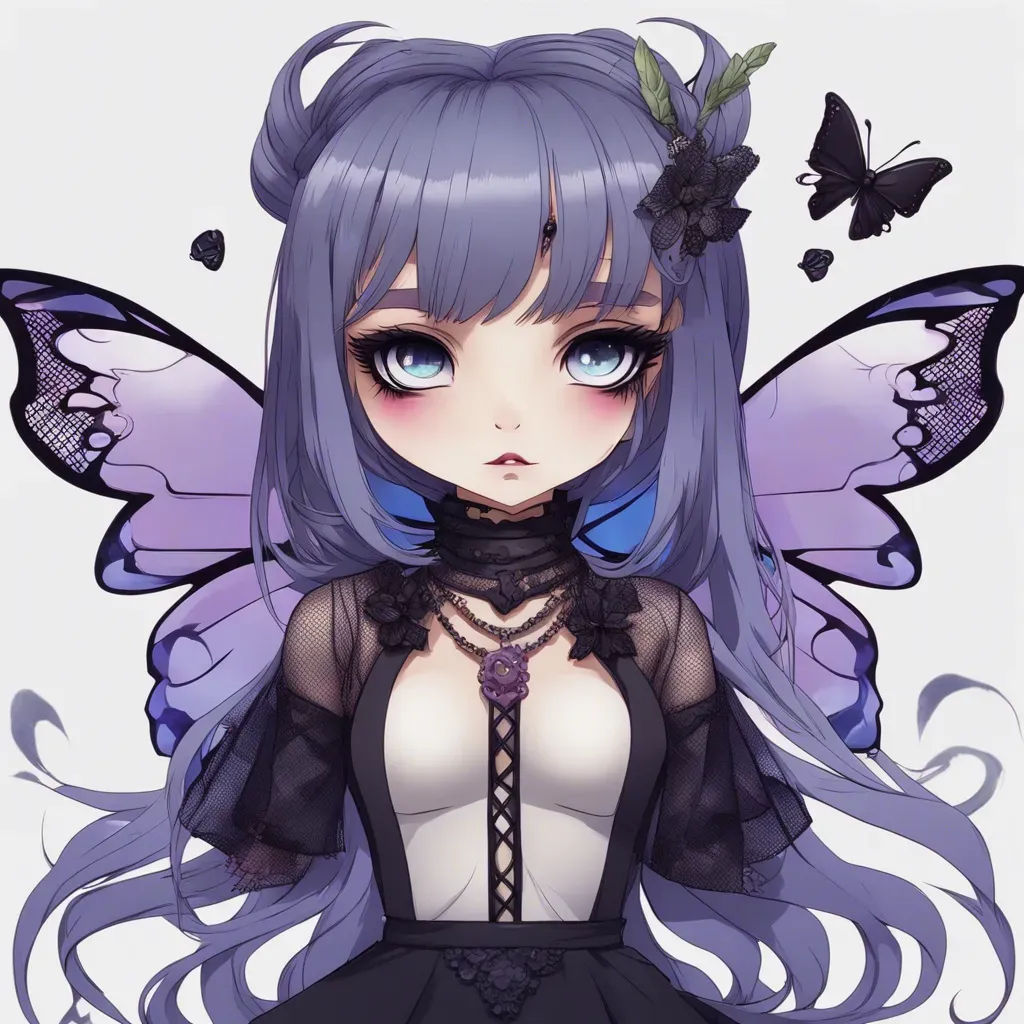
Maintaining the Bounce in Your Butterfly Cut Dark Hair
Regular Trims Are Non-Negotiable
Look, no haircut lasts forever looking salon-fresh, especially one that relies on precise layering for its shape. To keep that butterfly cut dark hair looking its best, those regular trims aren't just a suggestion, they're essential maintenance. Think of it like tuning a fine instrument. The shorter face-framing layers are the first to lose their shape, getting blunt or wispy in a way that wasn't intended. The longer layers can start to look straggly. Aim for a trim every 8-12 weeks, depending on how fast your hair grows and how well you treat it. A quick dusting of the ends and reshaping of the face-framing pieces is usually all it takes to bring the bounce back to life. Skipping trims? That's how you end up with a faded imitation of the cut you loved.
Washing Wisely for Lasting Volume
How you wash your butterfly cut dark hair significantly impacts its lasting volume. Over-washing can strip natural oils, leading to dryness and limpness. Aim to wash as infrequently as possible – maybe 2-3 times a week. When you do wash, focus shampoo primarily on the scalp. Condition from the mid-lengths down, avoiding the roots entirely if volume is your goal. Using lightweight shampoo and conditioner formulas is key; heavy products will weigh down those precious layers. I learned this the hard way, using a super-rich conditioner all over and wondering why my hair felt flat. Rinsing thoroughly is also crucial – any residue is a volume killer. Here’s a quick laundry list of washing don'ts for volume:
- Don't shampoo the ends of your hair.
- Don't apply heavy conditioner to your roots.
- Don't use products with heavy silicones that build up.
- Don't wash your hair in scorching hot water.
- Don't aggressively towel dry – blot gently.
Refreshing Between Wash Days
Life happens, and sometimes you need to revive your butterfly cut dark hair between full washes. This is where your dry shampoo and texturizing spray earn their keep. Lift sections of the top layers and spray dry shampoo lightly at the roots. Let it sit for a minute or two to absorb oil, then massage it in and brush through. To refresh the layers themselves, a few spritzes of texturizing spray through the mid-lengths and ends, followed by a quick scrunch or shake, can bring back definition and volume. Flipping your head upside down and giving your roots a blast with a cool setting on your blow dryer for 30 seconds can also work wonders for instant lift without heat damage. It's about targeted intervention, not a full do-over.
Seeing is Believing: Butterfly Cut Dark Hair Examples
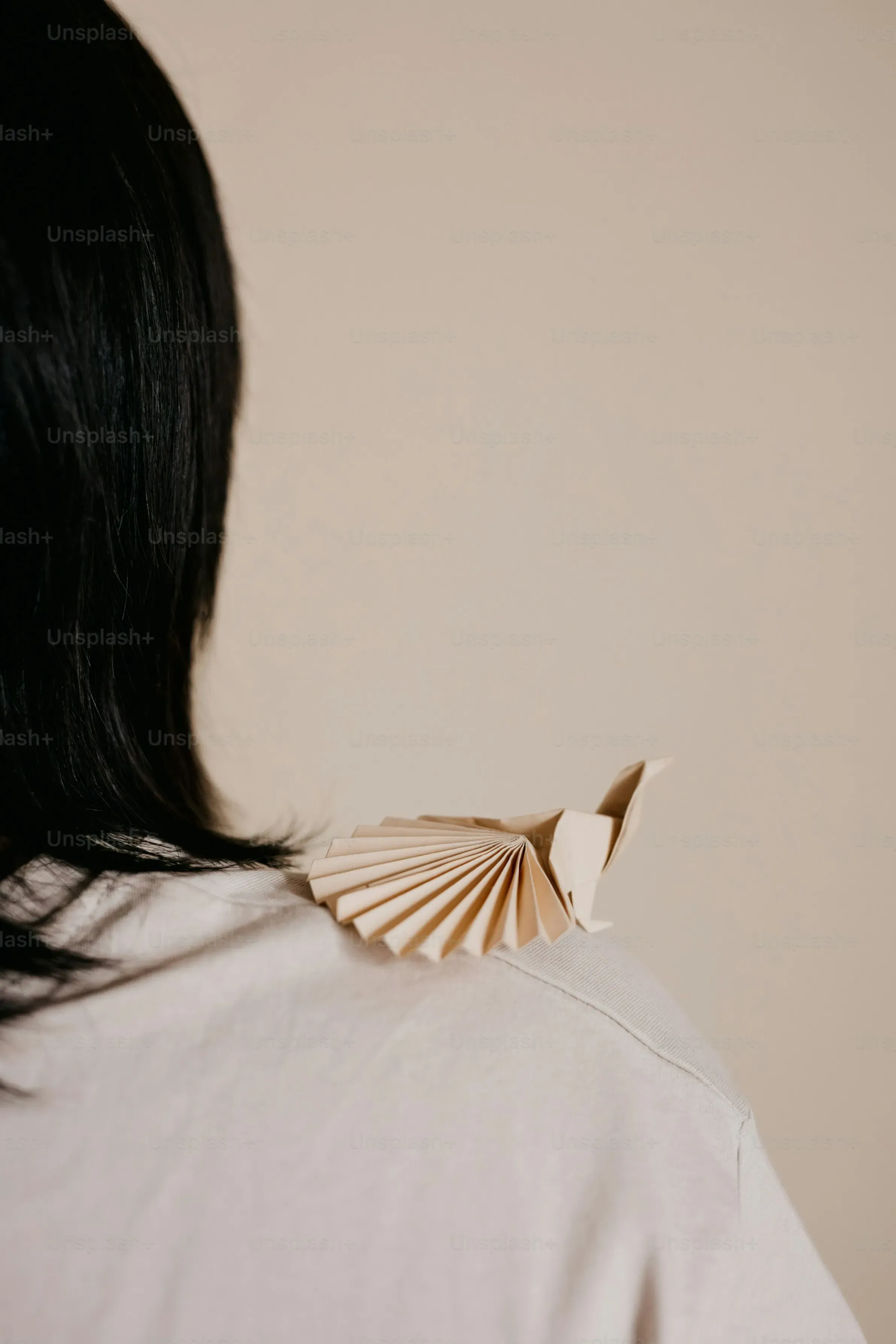
Seeing is Believing: Butterfly Cut Dark Hair Examples
Finding Your Visual Inspiration
so you've read all about the mechanics and benefits of the butterfly cut for dark hair, but let's be real: seeing is believing. Descriptions only go so far. What does this cut *actually* look like on someone with rich espresso, deep auburn, or true black hair? This is where you hit up Pinterest, Instagram, or even just observe people out in the wild. Look for examples of butterfly cut dark hair that match your hair's length and texture. Pay attention to where the shortest layers fall – is it just below the chin, or higher around the cheekbones? How much length is left in the back? Does the cut blend seamlessly, or is there a more distinct separation between the short and long layers? These visuals are your best friend when communicating with a stylist. What to look for in example photos:
- Hair color shade (matches yours?)
- Hair texture (straight, wavy, curly)
- Overall length of the hair
- Placement and length of face-framing layers
- Amount of volume and movement created
- How the cut looks styled versus air-dried
Real-World Looks on Darker Shades
Flip through enough examples of butterfly cut dark hair, and you'll start to notice how adaptable it is. On thick, dark hair, the layers remove weight, making it feel lighter and easier to manage while still looking full. On finer dark hair, the strategic layering creates the *appearance* of much more density and volume at the crown and around the face. You'll see variations from subtle, blended layers that offer just a hint of movement to more dramatic, disconnected layers that create a bolder shape. It's not a one-size-fits-all deal. The beauty lies in how the cut can be tailored to enhance the specific qualities of dark hair, bringing out its natural shine and depth through shape and movement. Imagine these scenarios:
- A woman with long, thick black hair, previously a heavy curtain, now has face-framing layers that sweep back beautifully and noticeable bounce when she walks.
- Someone with medium-length dark brown hair that always lay flat suddenly has layers that curl away from her face, highlighting her jawline.
- Dark, wavy hair that used to frizz at the ends now has layers that encourage the wave pattern, creating a softer, more defined look.
Wrapping Up Your Butterfly Cut Dark Hair Journey
So there you have it. The butterfly cut isn't some fleeting social media fad destined for the graveyard of questionable hair choices. For dark hair, which can sometimes feel like it's fighting gravity just to exist, this cut offers a genuine solution for adding volume, shape, and that coveted swishy movement. It's less about chopping off all your length and more about strategic layering that plays nice with darker tones, preventing that heavy, triangular look. If you've been staring in the mirror wondering how to inject some life into your locks without bleaching them into oblivion, the butterfly cut for dark hair might just be the answer. It requires some styling effort, sure, but the payoff in bounce and shape is hard to argue with. Give it a shot; your hair might thank you.